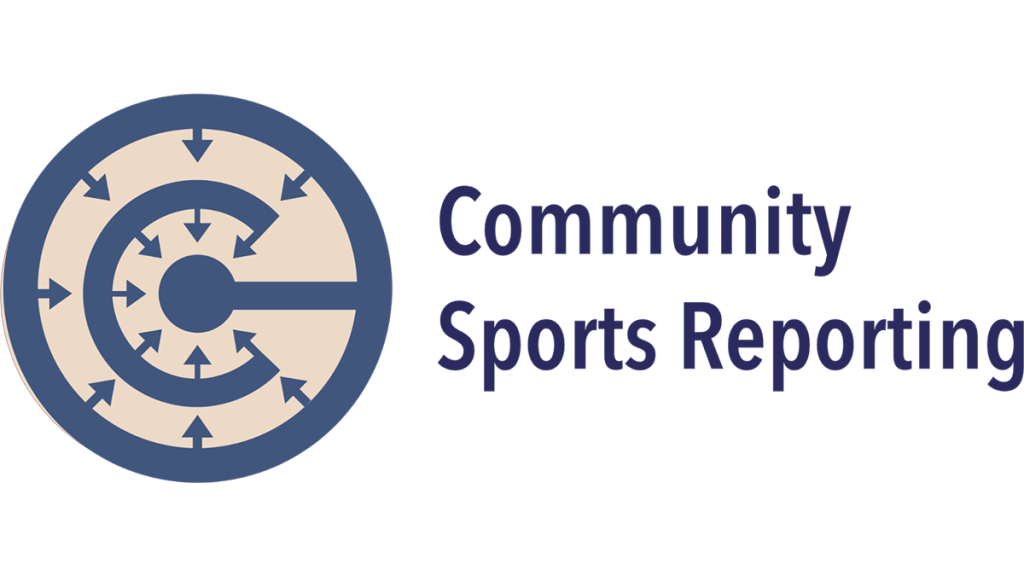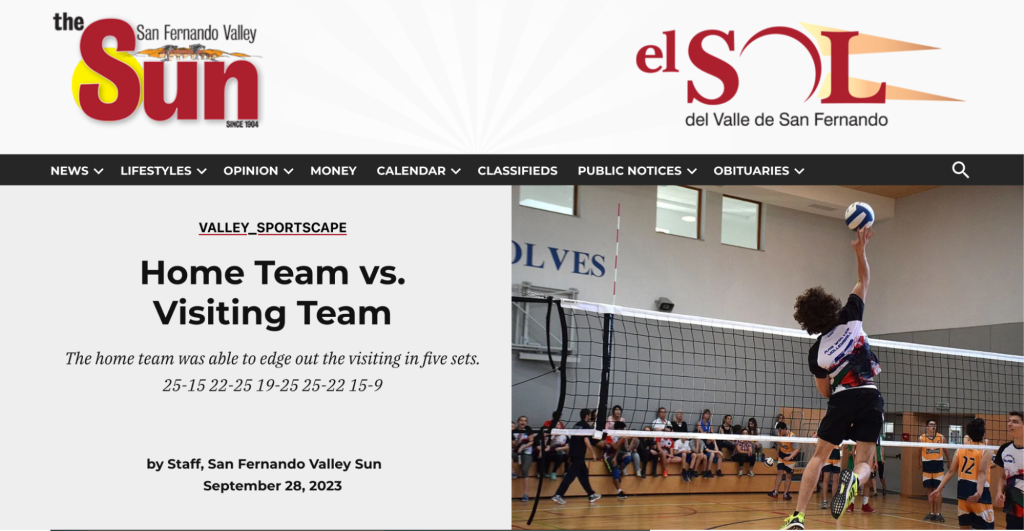
Introducing the Community Sports Reporting toolkit
The Community Sports Reporting toolkit and playbook are now available to all news outlets and individuals
The Community Sports Reporting toolkit and playbook are now available to all news outlets and individuals to utilize. The project combines a citizen reporter model with modern communication and project management tools. The goal is to enable resource-strapped newsrooms to easily collaborate with community members to cover high school and community sports.
How it works
The first and most important part of the Playbook addresses building a network of individuals who have a vested interest in high school sports. Examples include school athletic directors, coaches, parents, and high school journalism programs. The goal is to find community members excited to report back on scores and provide photos and videos of the games through the SMS system.
Once our network of community reporters is in place, the toolkit uses popular off-the-shelf software to automate sms reminders when a contributor’s team has a game or match.

The reminder includes a link to a form that allows the contributor to upload scores, media, and text about the game or leads on other stories.
The submitted form is automatically converted to a draft in WP to be reviewed by the newsroom for publishing. We are currently working with WordPress but are open to developing solutions for other CMSs.
Software used
- Airtable:
- This is where we store all of our contacts, team schedules, and the tool that sends text message reminders.
- Cost: $20 per month
- Twilio:
- This is the text messaging service. This tool takes a bit of setup but should be relatively maintenance-free.
- Cost: $.0079 per text message

How you can get started
You can get going today by following the Playbook and Toolkit setup guide.
You can also sign up to receive updates and announcements and join an install party during which I will walk you through the process and answer questions.
How we got here
The pandemic put all sports on hold causing a small crisis in local journalism.
For the legacy outlets that I work with in California, many of the veteran local sports reporters retired and younger reporters moved on. Their knowledge and skills were not utilized during quarantine. High school sports are now back in full swing and local outlets would love to return to covering them to increase community engagement and generate sorely needed revenue but many no longer have the time or expertise to rebuild the coverage.
The opportunity
High school sports engage community members of all ages and generate loyal readers and advertisers. This is no surprise as high school sports have a passionate built-in audience.
A community-based solution
My background is in community organizing and my natural inclination is to look for solutions within the community before turning to technology.
In Tyler Fisher’s response to the idea that AI will somehow save journalism, he defines an anti-scale approach. “Instead of trying to compete, journalism must reject the scale-driven paradigm in favor of deeper connection and community.”
The Community Sports Reporting project engages the community in what Jennifer Brandel and Mara Zepeda call A.E. or Actual Experience. By partnering with individuals in the community to cover a beloved institution, we deepen our relationship with the community and increase trust in the outlet.
Thanks
This project was made possible by the generous support of the Reynolds Journalism Institute fellowship program and with the collaboration of the San Fernando Valley Sun and Media in Color.
I would also like to thank Martha Aszkenazy, Saul Sandoval, Julie Frejat, Will Lager, Kat Duncan, Paulette Brown-Hinds, Arturo Carmona, and Neil Chase.
Cite this article
Soriano, Arjuna (2024, March 11). Introducing the Community Sports Reporting Toolkit. Reynolds Journalism Institute. Retrieved from: https://rjionline.org/news/introducing-the-community-sports-reporting-toolkit/
